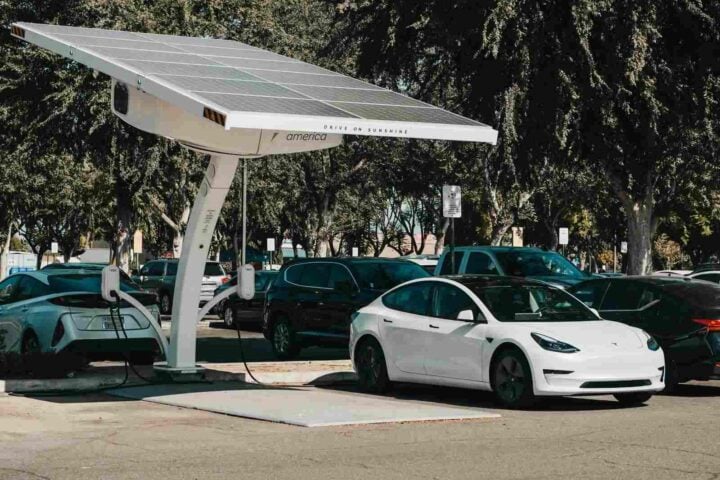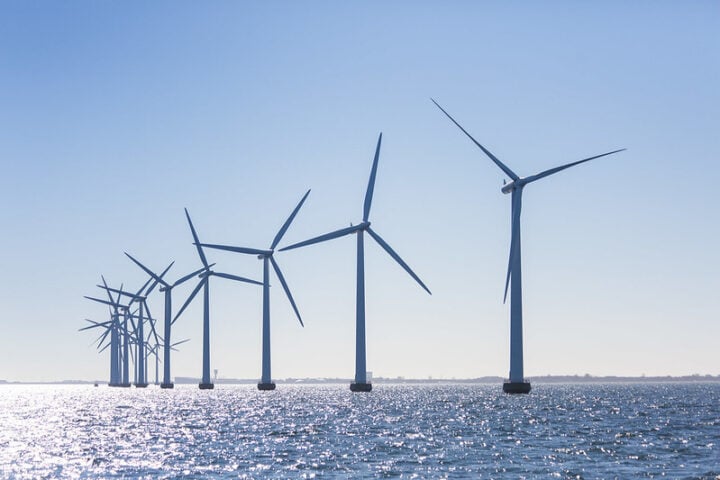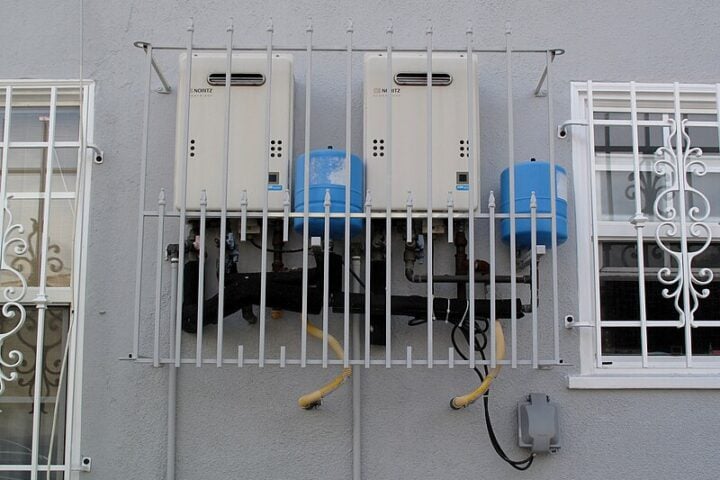Marking a significant shift in the global energy sector, by 2030, wind and solar projects are projected to account for more than a third of the world’s electricity. As per a report by U.S.-based clean energy nonprofit the Rocky Mountain Institute (RMI), the increased number of projects and economies of scale are key contributors to this unprecedented growth in the renewable energy sector. Wind & solar power , currently,only constitute about 12% of worldwide electricity generation, but this percentage is set to surge due to exponential sector growth. With a three- to fourfold increase from 2022 levels, renewable sources are poised to generate between 12, 000 and 14, 000 terawatt hours of power by 2030. Concurrently, the demand for fossil fuel-based electricity is forecast to drop by up to 30% by 2030 from its 2022 peak.
Owing to the increasing cost competitiveness of renewable electricity, which is outperforming traditional hydrocarbons,there is a decline in fossil fuel use. The developing nations can be assisted by the rapid growth trend in renewable electricity in quickly transitioning to a cleaner, more affordable energy system. Dropping from the current rate of around $40, solar power is anticipated to cost as little as $20 per megawatt-hour by 2030 as the deployment of solar projects accelerates. In addition to long-term energy price deflation, rapid deployment of renewable sources can foster greater energy security and independence. Contributing to its cost-effectiveness, renewable energy technology’s inherent manufacturability makes it cheaper with increased installation.
According to research from the Systems Change Lab, eight countries have already built solar and wind generation capacities at a faster rate than necessary to limit global warming to 1.5 degrees Celsius above pre-industrial levels. Setting an example for the rest of the world, China and Europe are spearheading the adoption of clean energy technology. With regions like the Middle East and Africa swiftly catching up with the trend, however, the deployment of renewable energy is becoming increasingly global. Chile, Jordan, Palestine, the Netherlands, Namibia, Lithuania, Denmark, and Uruguay have demonstrated rapid growth in their solar and wind generation capacities. By 2030, wind and solar energy are expected to make up more than a third of the world’s total energy output, reflecting a decisive move towards cleaner energy sources.
Similar Post
The RMI report underlines that “the exponential growth of clean energy is an unstoppable force, emphasizing the shift from conventional energy sources. The cost of renewable electricity has plummeted in the last decade, with solar and battery costs dropping by 80% and onshore and offshore wind costs reducing by 57% and 73%, respectively. Given the current trajectory, the COP28 goal, which aims to triple renewable power capacity by 2030, is achievable. Achieving this ambitious target, however, would require overcoming several barriers, such as grid investments, streamlined permitting processes, and improved storage capacities. In tackling the impending climate risks, this transition to renewable energy stands as a testament to the power of human innovation. This shift towards renewable energy sources provides a beacon of hope for our future generations as the world stands on the brink of an energy revolution.


















